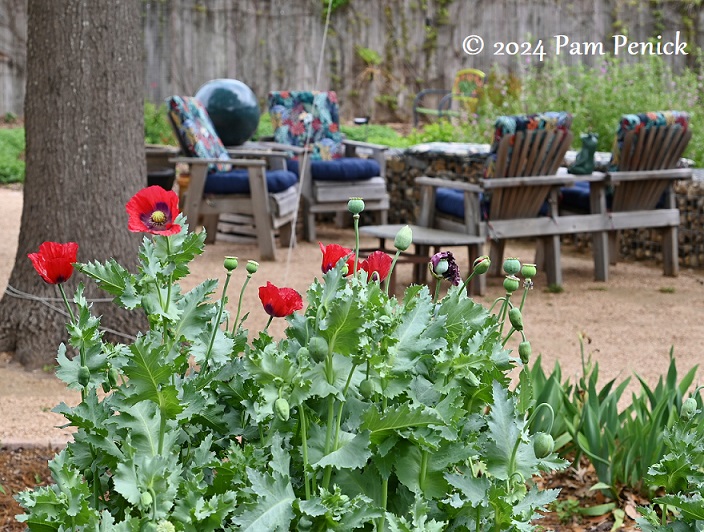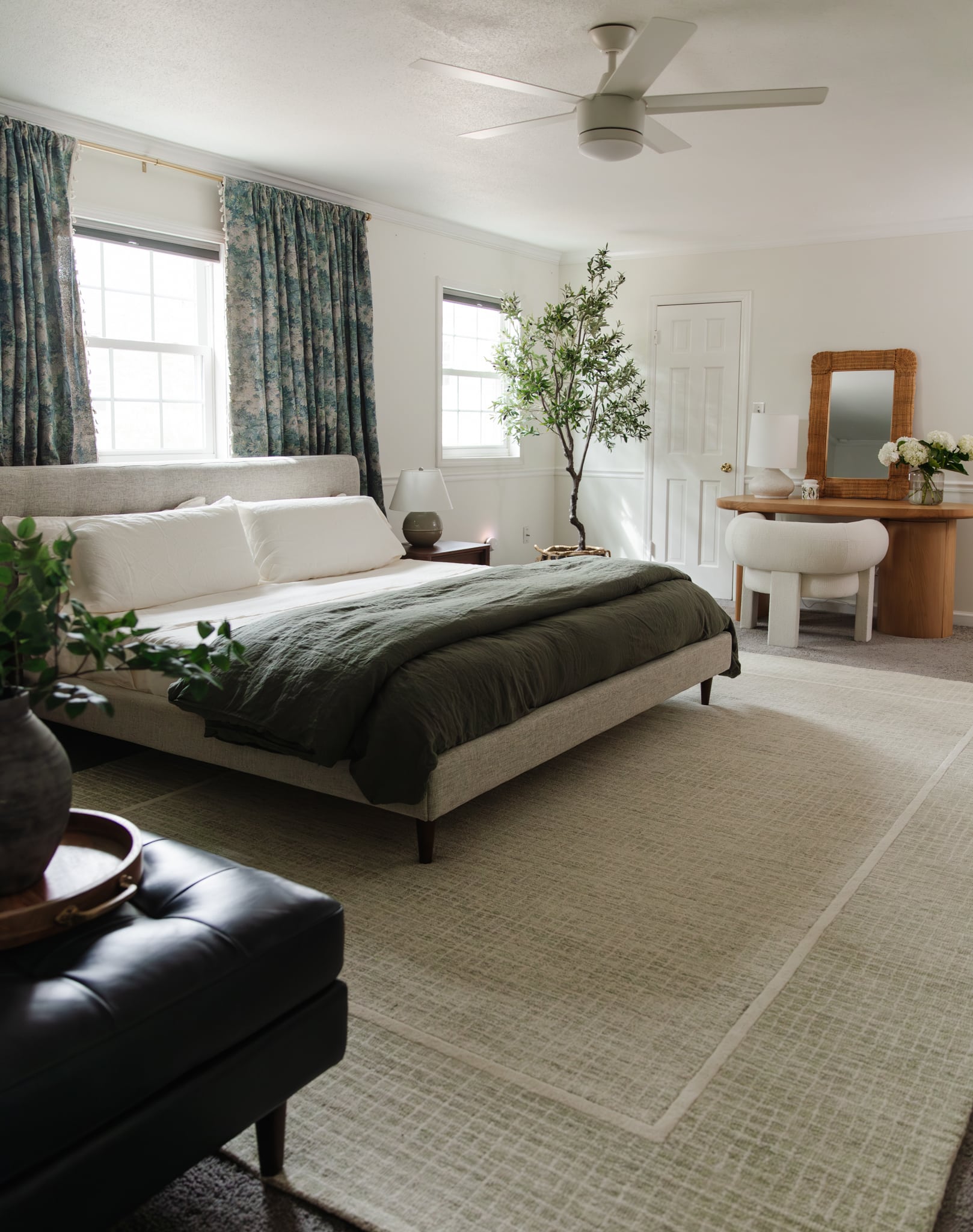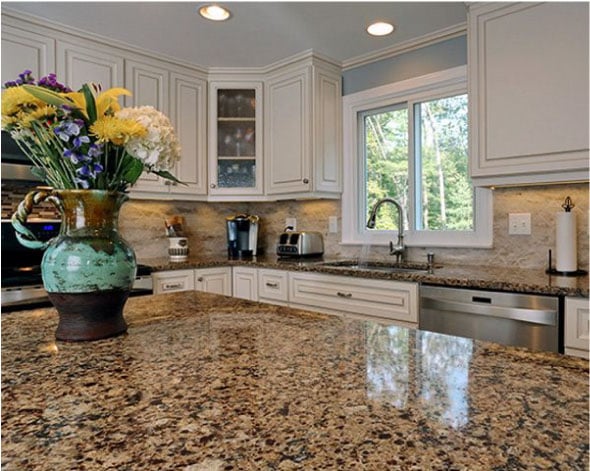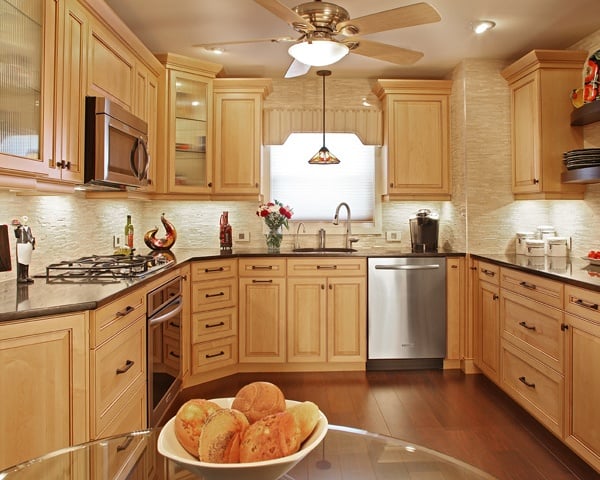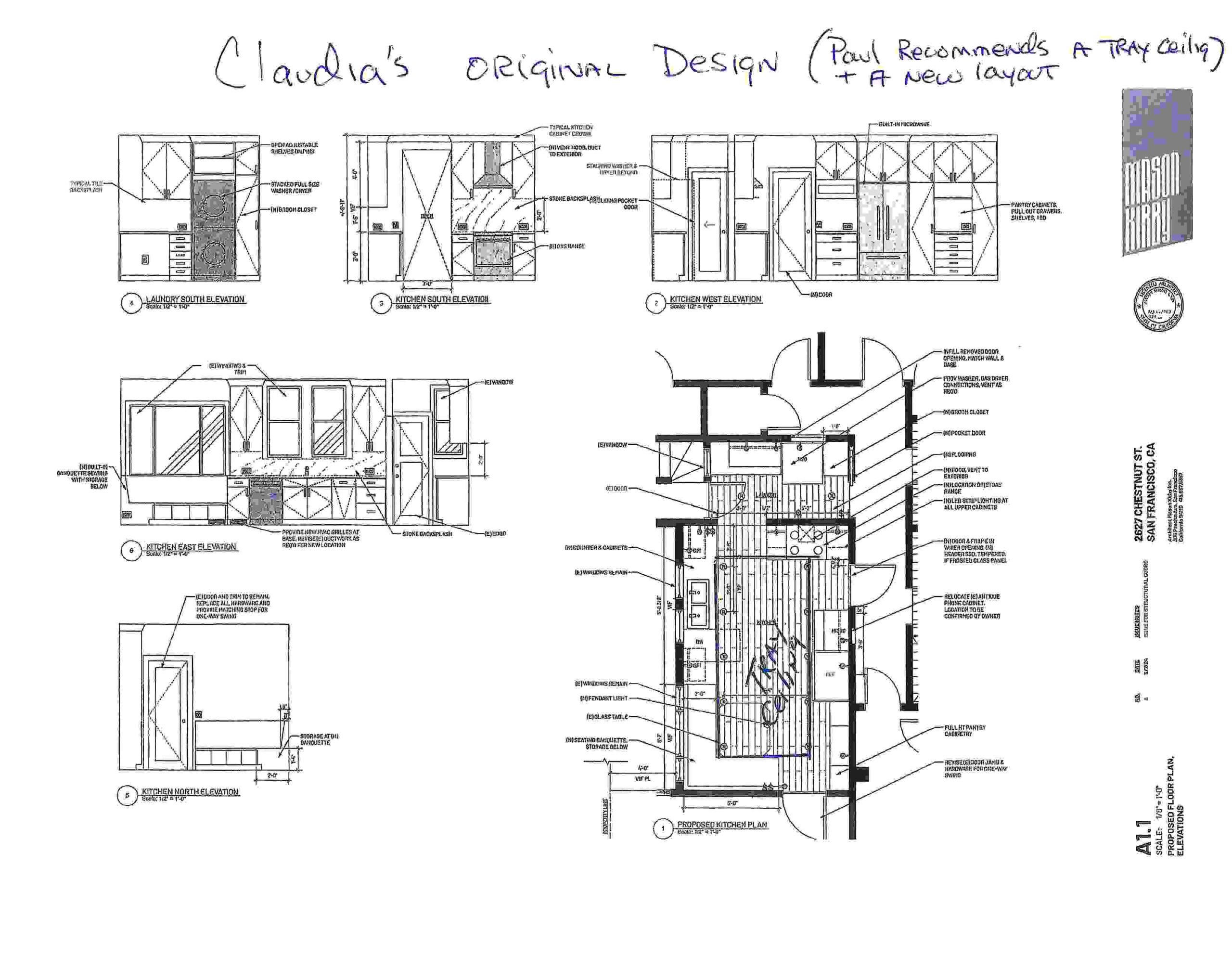Downton Abbey, the critically acclaimed British television series, held an estate filled with some of our favorite characters…and even more drama. From its meticulous and painstaking attention to historic detail to awe-inspiring set design, perhaps one of the most equally captivating and functional spaces in the show sits at the heart of it all: the kitchen. And in this article, we’ll look just at what made this kitchen a masterclass in period authenticity and functionality.
Considering the time-period in which Downton Abbey took place, viewers were offered a glimpse into sides of life: the aristocratic life full of wealth, parties, and scandals through the Crawley family and the other half, the devoted staff doing with their best with the hand that life has dealt them. And to truly capture this era, the production designers wanted to recreate every facet of a time-period of change, one in which families like the Crawleys desperately tried to hold on to a way of life that was slowly slipping from their grasp.
At the heart of this evolving society was a staff which we got to know around the cooking quarters, led by Ms. Patmore. And initially looking at the kitchen, it doesn’t look like much. In a time where kitchens were more focused on functionality than looking flashy, set designers needed the layout of the kitchen to simply reflect the practical needs of a large estate. From distinct workstations for various tasks to cast iron stoves, and ample countertop space, the purpose of this kitchen was meant for a bustling staff to move efficiently and with ease.
When considering elements within the Downton Abbey kitchen, we consider the usage of wood, stone, and cast-iron materials to reinforce the era of the show. Multiple shots give away wooden cabinets and shelves, wooden countertops for practical prep work, and an assortment of vintage appliances that give off a rustic charm while providing viewers with a genuine period aesthetic.
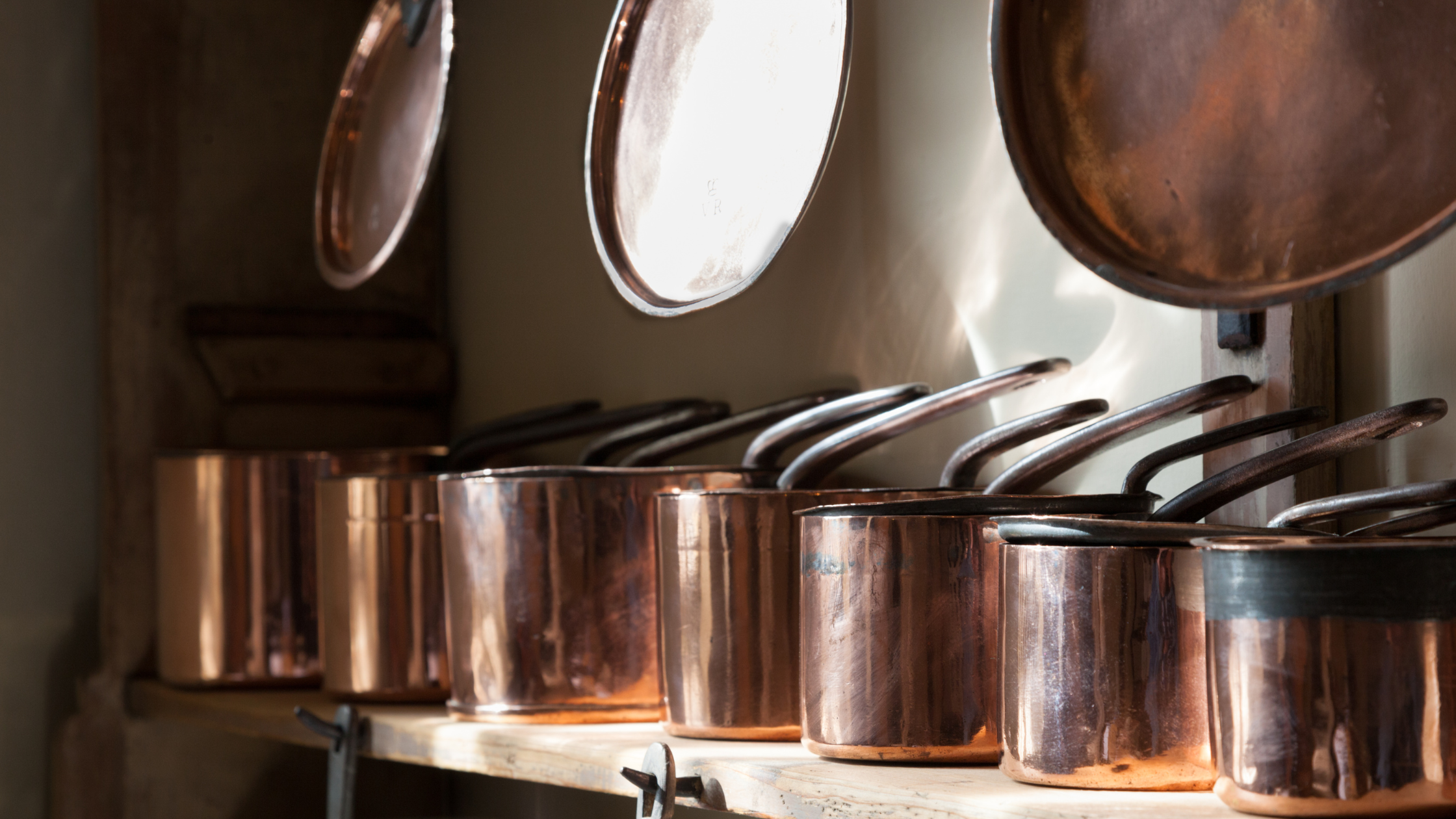
And perhaps one of the standout elements of this kitchen’s design is the large, multi-paned windows that offer functional lighting during the day, offering the staff a warm and inviting atmosphere to complete a wide array of tasks. When the sun goes down and the “showtime” of dinner begins, iron chandeliers and wall-mounted sconces with glass shades bathe the kitchen in functional light for all hours of the night.
And perhaps one of the most remarkable elements of the kitchen’s design is the attention to detail when it comes to decor placement. Set designers masterfully adorned the walls with anything from vintage ads to family portraits and other period-appropriate designs. These items help to add depth, historical significance, and break up what would otherwise be a very dull-looking space.
While the time of Downtown Abbey might feel like a world away, from a lot of the functional considerations of such a kitchen, maybe there’s just something we can learn from that era when designing our own kitchens.

